*Produced by SilverKris for National Gallery Singapore*
Few local artists have had as significant an impact on Singapore’s modern art scene as Georgette Chen (1906–1993). Through shimmering landscapes of the bustle around the Singapore River; tableaux of the hubbub of daily kampung (village) life; and detailed still-life studies of tropical fruits and lotus flowers, Chen’s paintings depict the city-state of yesteryear in her trademark vibrant hues and Post-Impressionist style.
Her extensive body of work is currently the subject of Georgette Chen: At Home in the World (until 26 September 2021), a landmark exhibition at National Gallery Singapore that marks the first museum retrospective of the celebrated artist in over two decades. Visitors will be immersed in Chen’s world, and can view 69 prominent works and a rich body of archival materials spread across two galleries. These include some of her most significant works, such as Self Portrait (1934), Hakka Family (1939), Malay Wedding (1962) and Still Life: Moon Festival Table (1968).
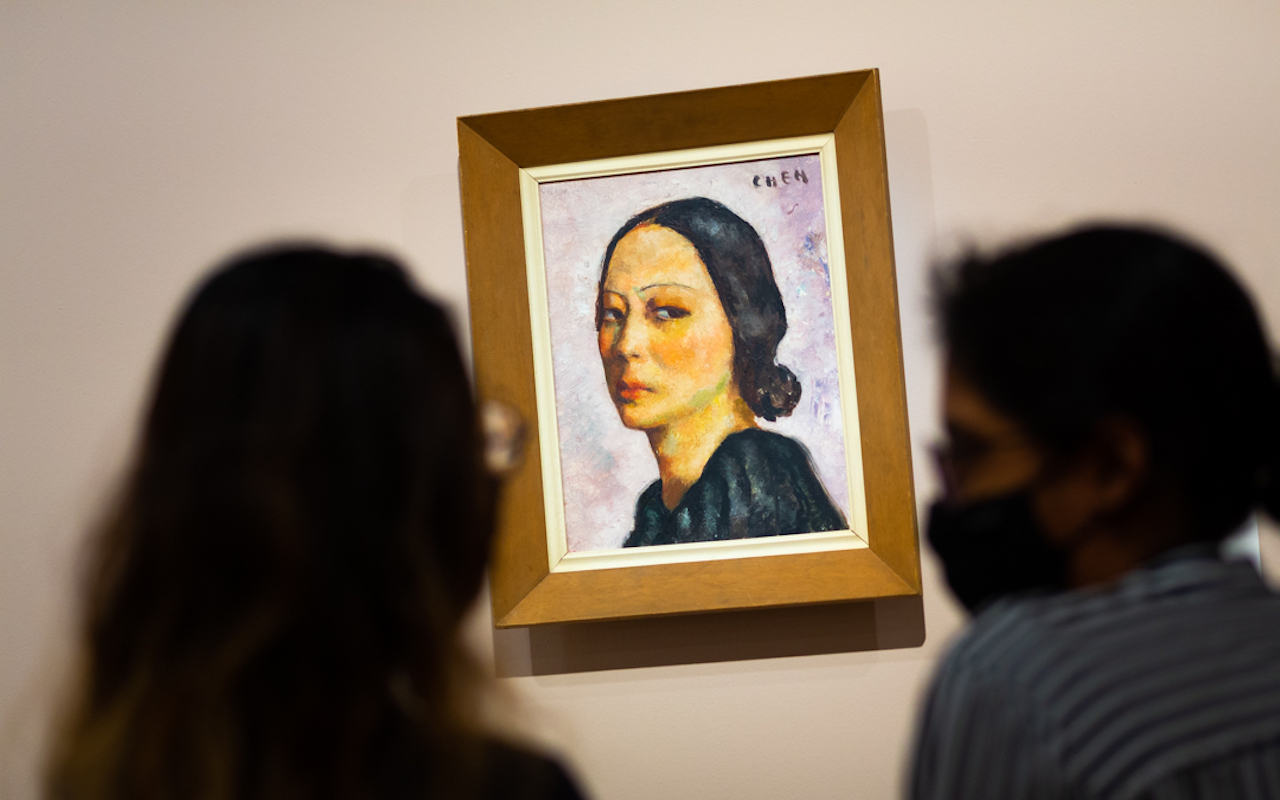
Though based in Singapore during the later part of her life, Chen was very much a citizen of the world and spent many of her earlier years in other places: honing her craft as an art student in Paris, painting while under Japanese surveillance in Shanghai during the war and seeking inspiration along the east coast of Malaysia on a month-long road trip. Through a combination of choice and circumstance, she continued to pursue her art regardless of where she was, and was inspired by the unique culture and complexities of each locale she found herself in.
We’ve highlighted a few places that left an indelible impact on the modern artist, and that offered compelling subject matter that she then transformed into works of art.
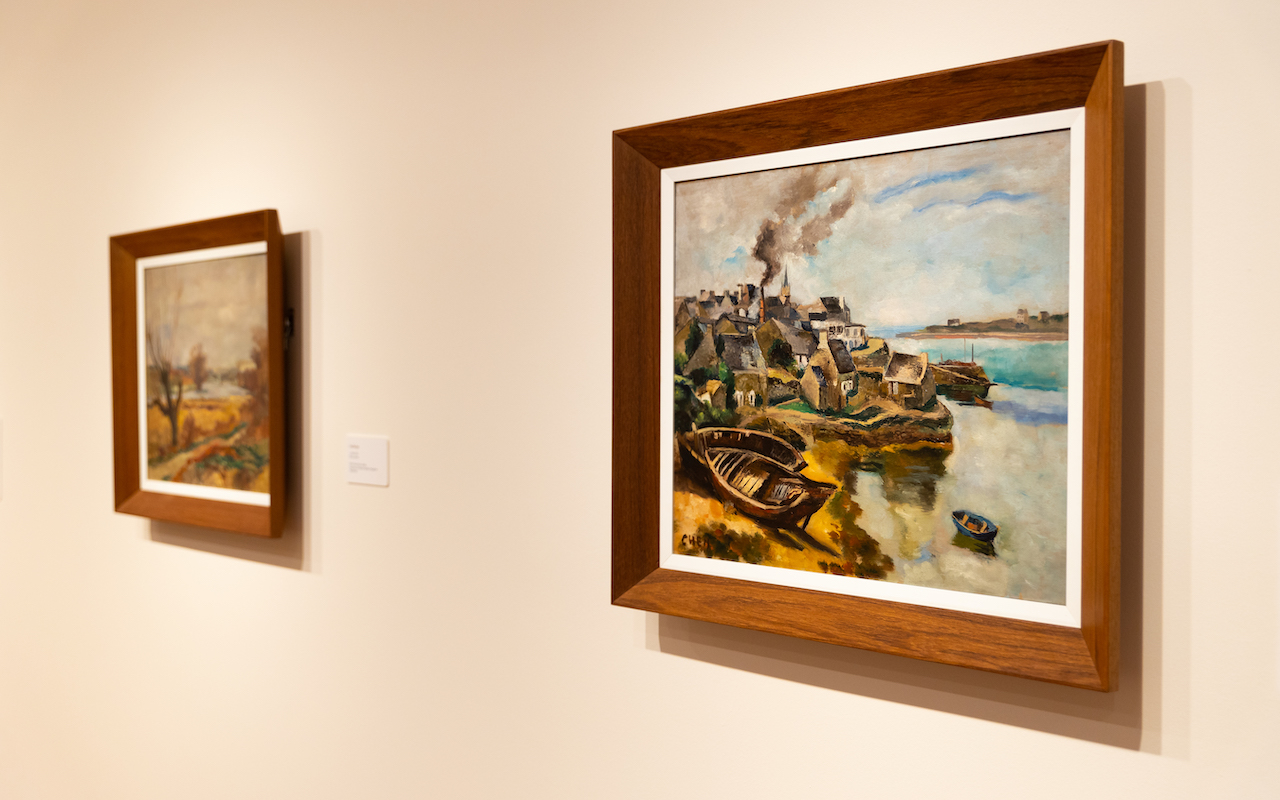
1. Paris
Out of all the cities she spent time in during her youth, Paris was arguably where Chen first developed her identity as an artist. After attending art school in New York for a year, she moved to the French capital in 1927 at the tender age of 21. There, she studied at the art schools Académie Colarossi and Académie Biloul, where she was influenced by the works of Post-Impressionists such as Paul Cézanne. The City of Love is also where she met and married her first husband, Eugene Chen, in 1930, and where she began to hold major exhibitions. She held her first solo show at the Galerie Barreiro in 1936, which featured 42 of her early works, and continued to exhibit widely before the war. Besides Paris, Chen was inspired by the French countryside. She took regular jaunts to rural destinations such as Aix-en-Provence, where she developed her technique of painting landscapes en plein air (outdoors), as well as the coast of Brittany.
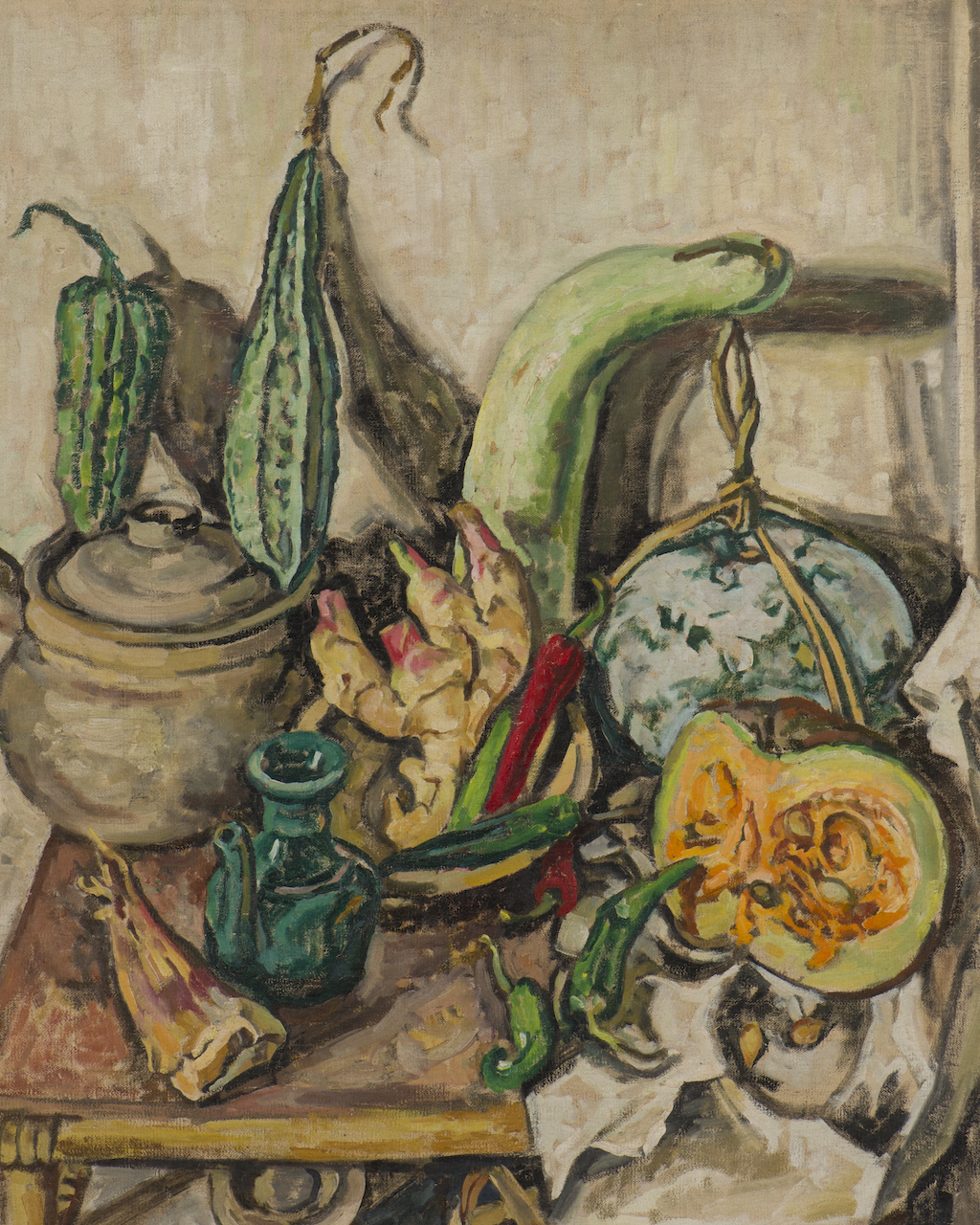
2. Shanghai
Following the outbreak of World War II, Chen and her first husband were arrested in Hong Kong in 1941 due to his political affiliations. The couple was subsequently moved to Shanghai in 1942, where they spent the rest of the war years under Japanese surveillance. While this must have been an immensely trying time for Chen, she continued to paint. Given that she remained indoors most of the time, she produced many still-life paintings and portraits of subjects that were readily available to her, including her first husband, who was perhaps her favourite subject of all. She lived in Shanghai until the mid-1940s and held two solo exhibitions: one at the Metropole Hotel in 1943 and another at the Alliance Française in 1947. One of her standout works from this period is Vegetables and Claypot (1940–1945), a captivating still-life painting featuring ordinary kitchen objects and disparate ingredients assembled together on a table.
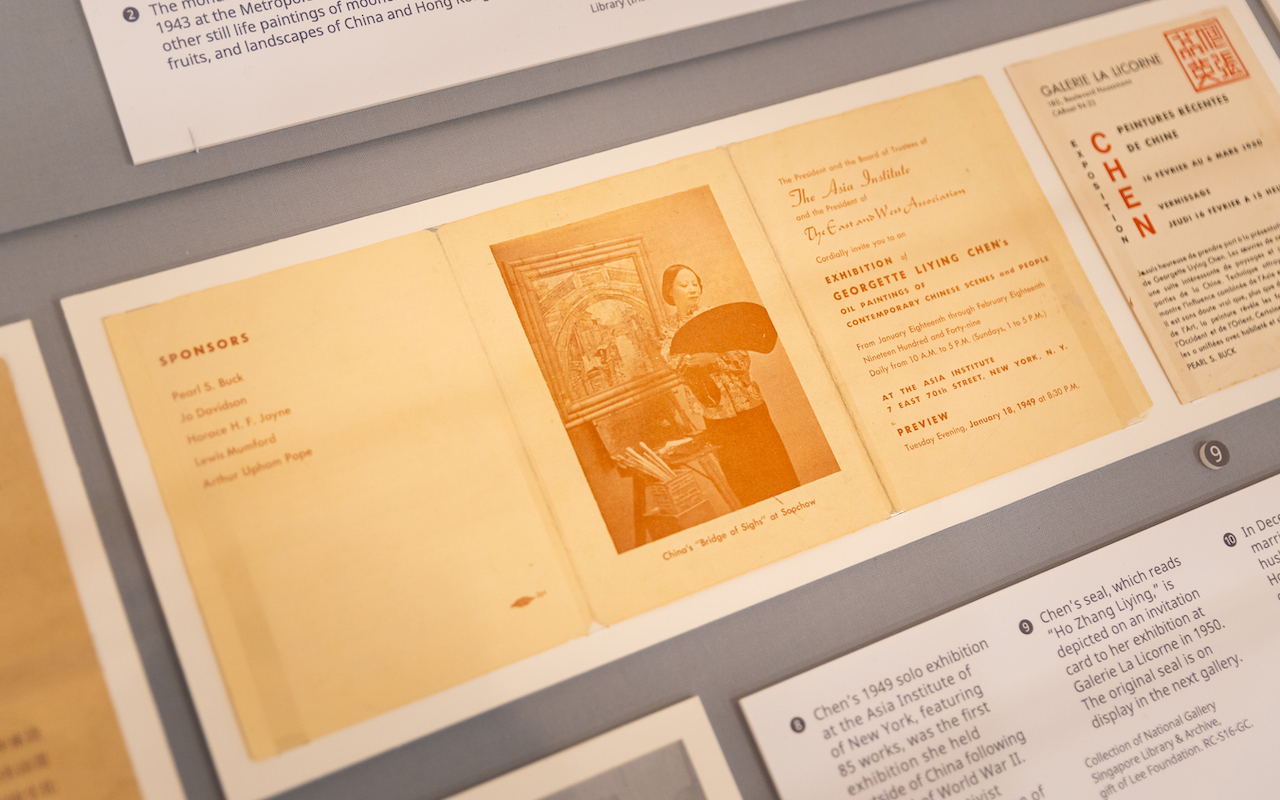
3. New York
Besides Paris, New York also featured prominently in Chen’s early education, as she attended both the Horace Mann School and the Art Students League in New York during her formative years before moving to Paris. After the end of the war and her first husband’s unfortunate death in 1944, Chen made her way back to the Big Apple where her family was. Here, she held a major solo exhibition of her works, many of which were created during her years in China. Chen’s 1949 solo exhibition at the Asia Institute in New York was the first exhibition she held following the end of World War II. It featured 85 works, including landscapes and still-life studies she had painted while travelling around China, as well as several tender portraits of her late first husband.
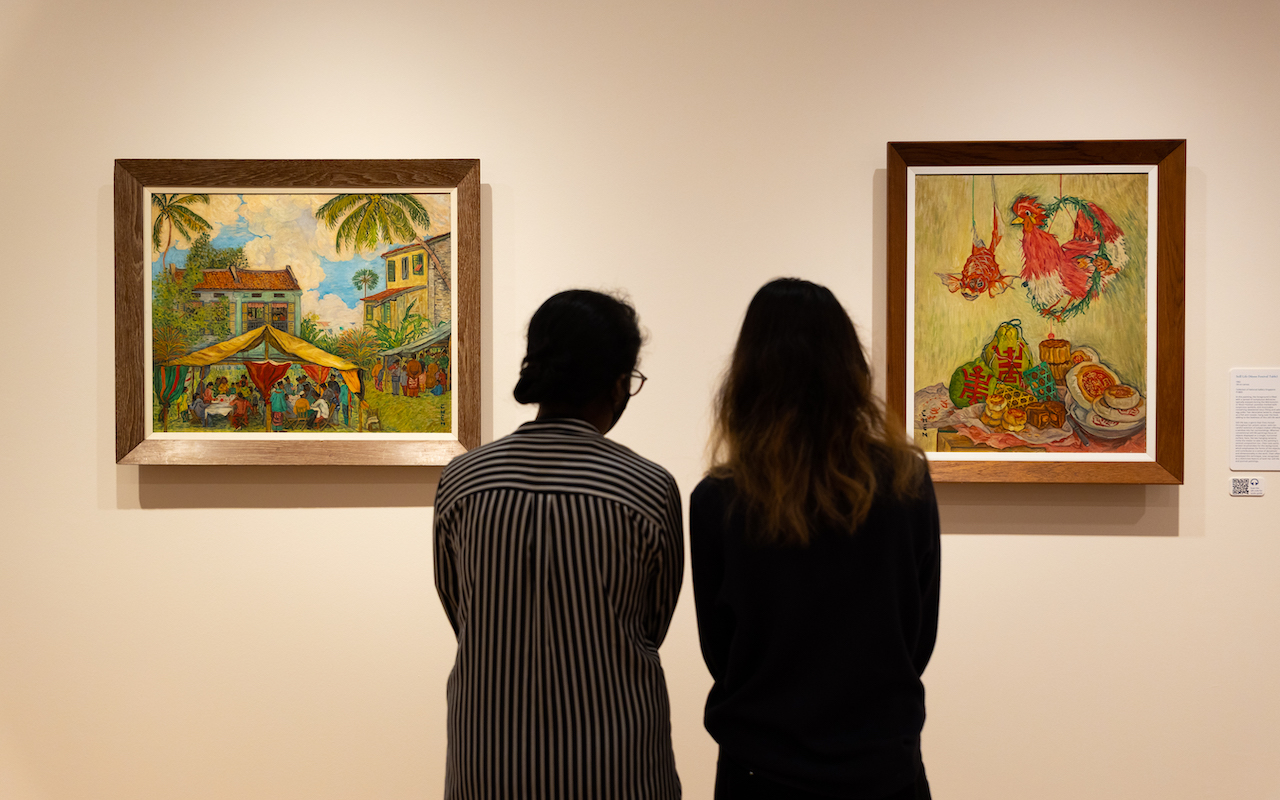
4. Penang
After spending some time living in New York, Chen moved halfway across the world to Penang in 1951 with her second husband, Ho Yung Chi, where the couple both took up teaching positions at a local high school. After spending most of her life in the cooler climes of Europe, China and the United States, Chen was both delighted and inspired by the balmy weather, lush greenery, tropical produce, communities and festivals, which inspired many of her still lifes and landscapes. In a letter written to her friends at the time, she wrote, “Everything inspires me… The Malaysian huts along the sea. The sea like in Hong Kong is green and purple. It is perhaps the fruits with their unexpected forms that intrigue me the most at the moment… There are trees all in bloom, and flowers that only open at nine o’clock in the evening, so that the evening air is perfumed.”
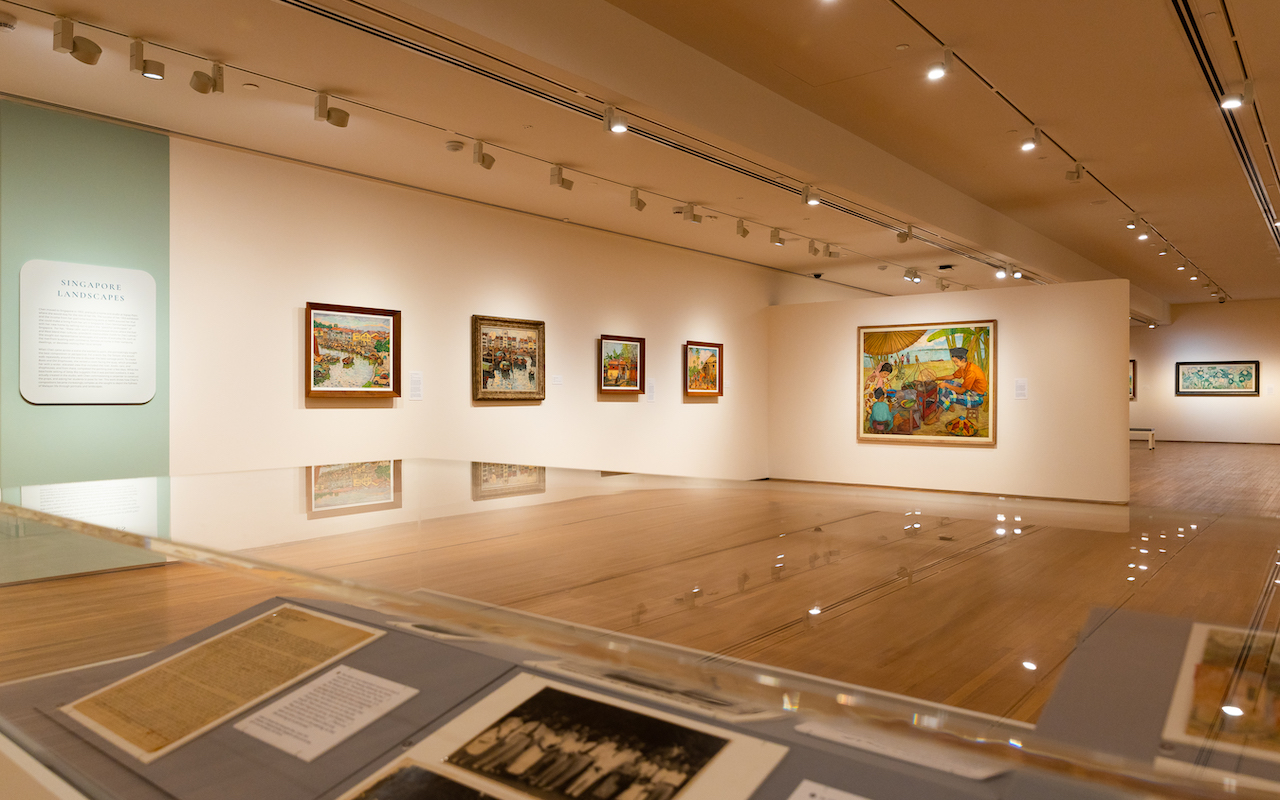
5. Singapore
Chen relocated from Penang to Singapore in 1953 after her divorce from her second husband. That year, she held a successful solo exhibition at the Chinese Chamber of Commerce, which established her presence in the art community here. She was soon employed at the Nanyang Academy of Fine Arts (NAFA) at the invitation of founding principal Lim Hak Tai, where she taught from 1954 until her retirement in 1980. During her time at the school, she mentored and influenced a new generation of artists, encouraging them to develop their own artistic styles and experiment with various approaches. Her works from this period are a natural evolution of her artistic output in Penang, and incorporate everyday scenes and subjects from her surroundings. For her contributions to art, Chen was awarded the Cultural Medallion in 1982.
Get the most out of your visit
Planning to check out the exhibition for yourself? Here’s the inside scoop on how to access bonus content to enhance your experience.
1. Multilingual audio tours
To mark its fifth anniversary this year, National Gallery Singapore wants to extend the positive impact of art to diverse communities. Audio tours of the exhibition are available in Singapore’s four national languages – English, Chinese, Malay and Tamil – providing all Singaporeans the opportunity to get up close and personal with Georgette Chen.
2. Converse with a chatbot
For bonus content that will give you a deeper insight into the artist and her works, engage in a dialogue with Chatbot Arthena. Combining artificial intelligence with guided conversations, the chatbot runs on Facebook Messenger and is accessible before, during and after your visit.
For more information about “Georgette Chen: At Home in the World”, check out the exhibition’s website here. To learn more about National Gallery Singapore and other current and upcoming exhibitions and programming, click here.
Please check the establishment’s website for opening hours before visiting, and remember to adhere to safe-distancing measures while out and about.

The post From Paris to Penang: How Singaporean modern artist Georgette Chen made her mark in the world appeared first on SilverKris.
from SilverKris
No comments:
Post a Comment